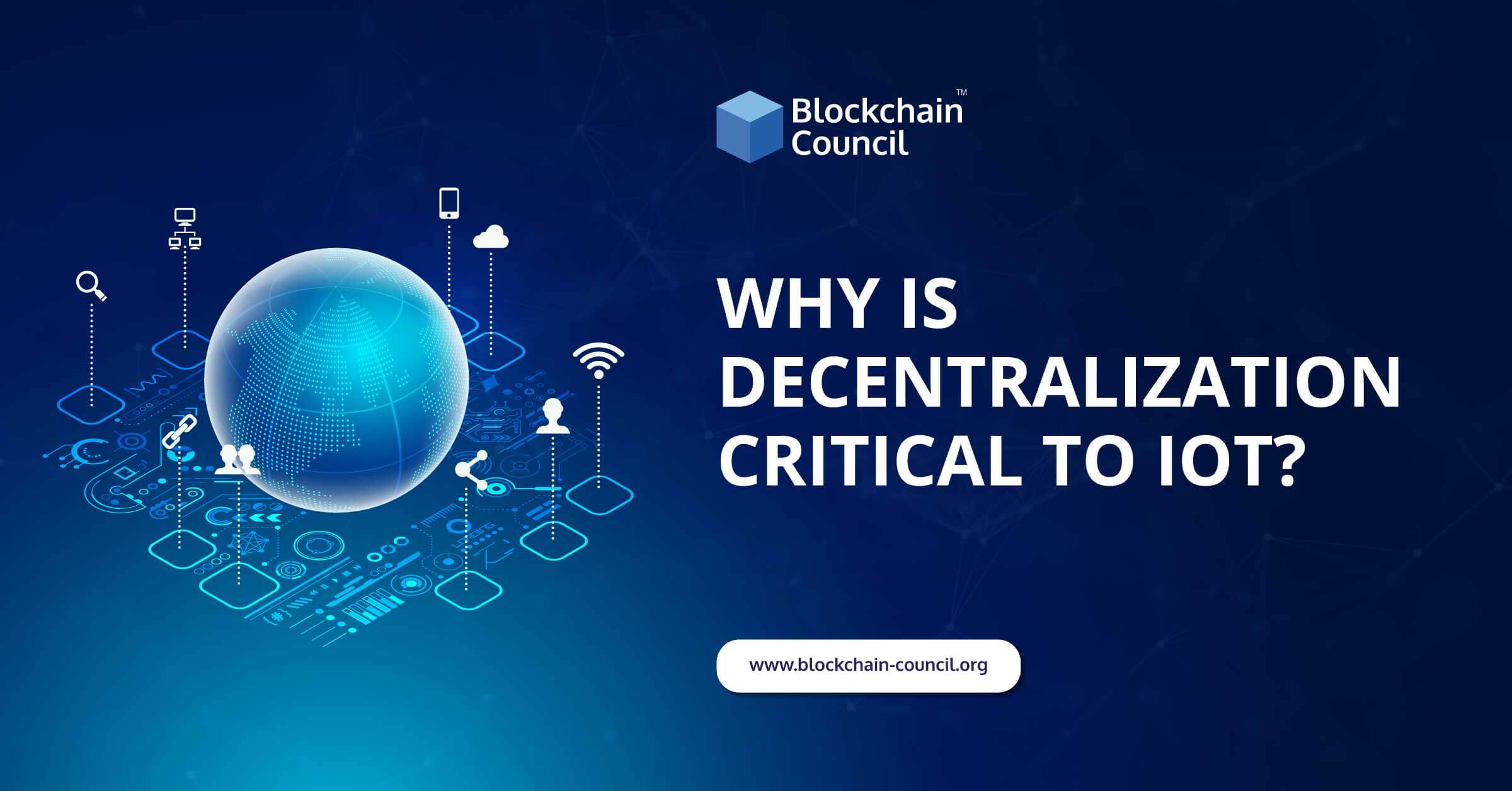
- Toshendra Kumar Sharma
- December 26, 2019
Irrespective of whether we are working from home or a workplace, we are always surrounded by numerous internet-connected devices, day in and day out. In today’s context, internet connectivity has been introduced into almost every walk of life. For almost every item of clothing we wear or every gadget we carry with us, there will soon exist an Internet of Things (IoT) version that is connected seamlessly to a wide network comprising of other devices.
This article will touch upon why decentralization is critical to the IoT sphere and how decentralization in IoT can be made possible through blockchain technology. But before moving on to learning these, we first need to understand the term ‘decentralization.’
What is Decentralization?
In synthetic systems, the term decentralization can be used to denote security where data is spread out over multiple nodes that reduce the likelihood of any one point or aspect having a negative impact on the system. Decentralization is a characteristic that can be described through factors such as control, access, ownership, or power and they are spread across multiple actors, nodes, or points comprising a network. Technological decentralization is defined as “a shift from concentrated to distributed modes of production and consumption of goods and services.” Apart from the digital domain, this can also be attributed to technologies that include tools, techniques, skills, processes, and materials that help interact with the environment.
Let us also understand the term ‘IoT.’
What is IoT?
The Internet of Things is a system of interrelated computing devices which are provided with unique identifiers (UIDs) and can transfer data over networks without the need for human-to-human or human-to-computer interaction. IoT is a concept where devices such as washing machines, cell phones, coffee makers, lamps, headphones, etc. are connected to the internet via an on and off switch. In short, IoT refers to a giant network of connected things.
Issues With the Current IoT Model
The current IoT ecosystems rely on brokered, centralized communication models that are also known as the server/client paradigm. These devices are identified, authenticated, and connected using cloud servers that provide huge storage and processing capabilities. The connection of each device goes exclusively through the internet, even if they are a few feet apart. Though this model has been working for decades now with computing devices, it will not be suitable for the growing IoT ecosystems of tomorrow.
The existing IoT solutions are expensive due to the high maintenance and infrastructure cost associated with the networking equipment, large server farms, and centralized clouds. Even if the economic and engineering challenges are solved, cloud servers will be a point of failure that might disrupt the entire network. This is of utmost importance as critical tasks such as human health and life will be highly dependent on IoT. This is exactly where a decentralized approach to IoT networking can come in handy.
Decentralization in IoT
Adopting a decentralized, peer-to-peer model for processing the hundreds of billions of transactions taking place between devices will minimize installation costs and the costs associated with large centralized data centers. This will help distribute computation and storage needs across billions of devices that are a part of IoT networks. This will help prevent the failure of any single node that might otherwise bring the entire network to a halting collapse.
But peer-to-peer communications also have their own set of challenges, and the one that tops the list is security, as IoT security refers to much more than just protecting sensitive data. A perfect decentralized solution must be able to maintain high levels of privacy and security in huge IoT networks. They must also offer some form of consensus and validation for transactions to prevent theft and spoofing.
The Blockchain Approach
Blockchain is an elegant solution that can be implemented to solve any issues that may be faced with the peer-to-peer communication system. Blockchain, as we know, is a technology that helps create a distributed ledger of transactions that is shared among all network nodes instead of being kept on a central server. Participants registered with the blockchain will be able to record transactions. As the ledger is tamper-proof, it cannot be manipulated by malicious actors as it does not exist in a central location.
There is an increasing number of tech firms today that are mulling over the possibility of using blockchain platforms to bring about decentralization in IoT. Using blockchain technology in IoT, helps IoT networks deal with the issue of scale, thus allowing billions of networks to share the same network without the need to use additional resources. It also addresses the issue of conflict of authority between different vendors as it provides a standard where everyone has equal stakes and benefits.
Combining IoT and blockchain is also creating a possibility of a circular economy and liquefying asset capacity meaning that resources can be shared and used instead of purchasing once and disposing of after use. Let us now look at a few notable examples. Filament is a startup company that is investing blockchain and IoT with special focus on industrial applications such as oil and gas, manufacturing, and agriculture. It uses blockchain technology for identifying and authenticating devices. ChainofThings is a consortium that is exploring the role of blockchain technology to deal with scale and security issues in IoT. In a recent hackathon held in London, this consortium demonstrated the use of IoT and blockchain using a case study that involved a solar energy stack that was designed to provide verifiable and reliable renewable data.
Conclusion
Even though blockchain platforms are a great solution to bring about decentralization in the IoT sector, there are some challenges or shortcomings of blockchain that have been identified by several tech firms. Some of them are the growing storage space, processing power, and energy consumption. Though it is too early to give a definite answer on whether blockchain would be a perfect solution for the IoT industry, it is certainly a promising combination for the future of IoT, where decentralized, autonomous networks will have a decisive role.
To learn more about blockchain certifications, check out Blockchain Council.

































































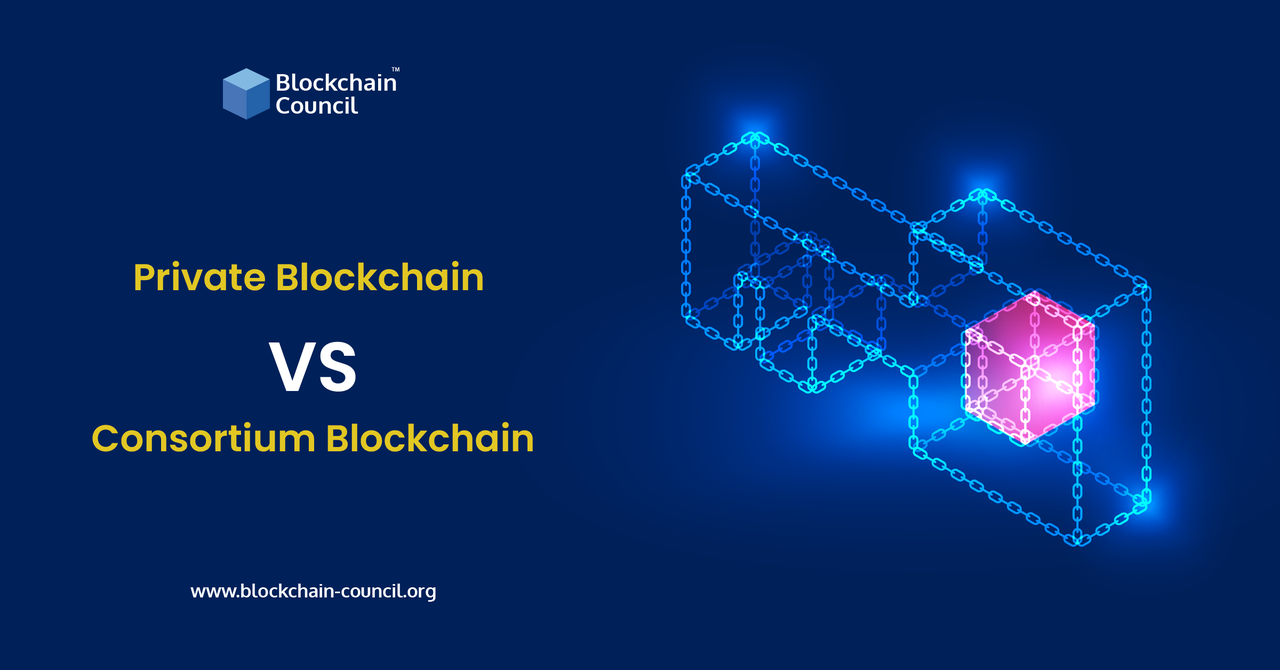
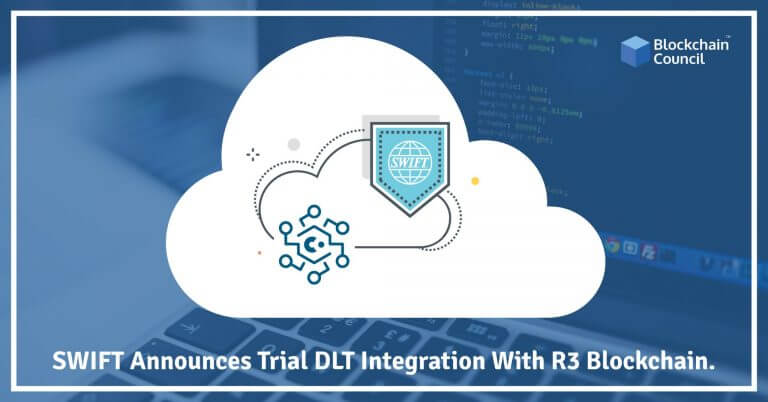
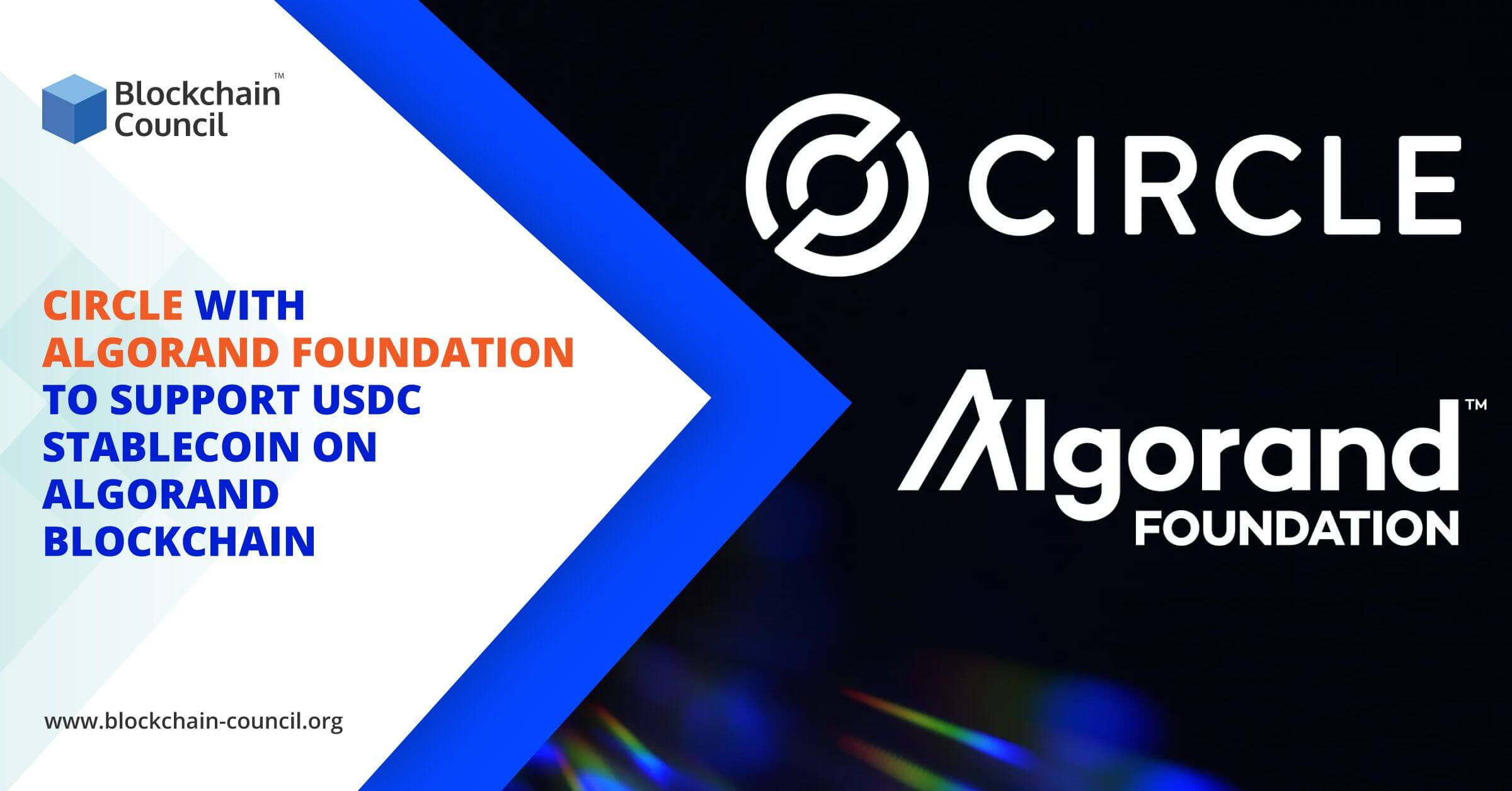
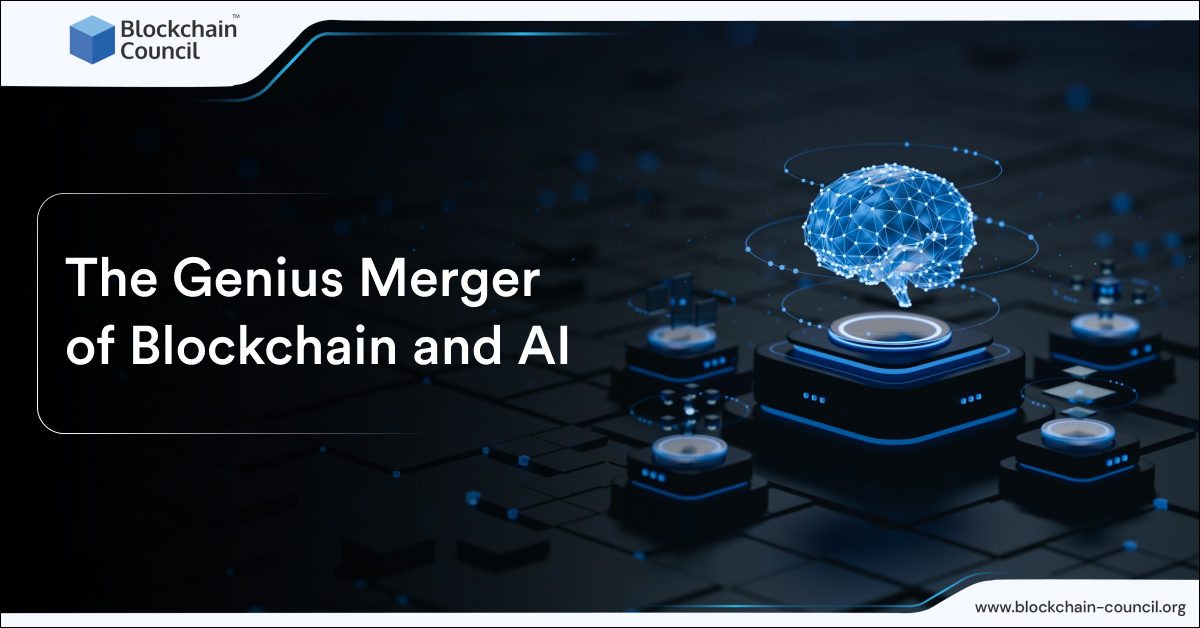
 Guides
Guides News
News Blockchain
Blockchain Cryptocurrency
& Digital Assets
Cryptocurrency
& Digital Assets Web3
Web3 Metaverse & NFTs
Metaverse & NFTs
